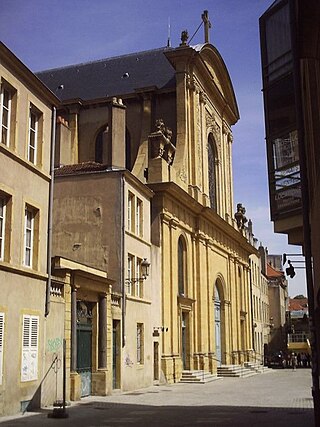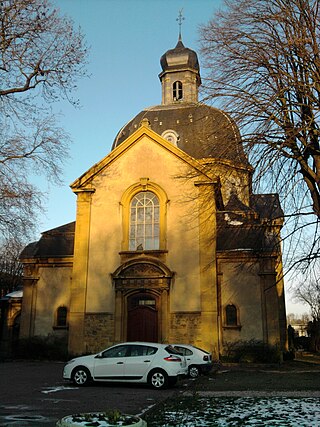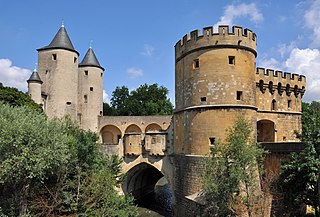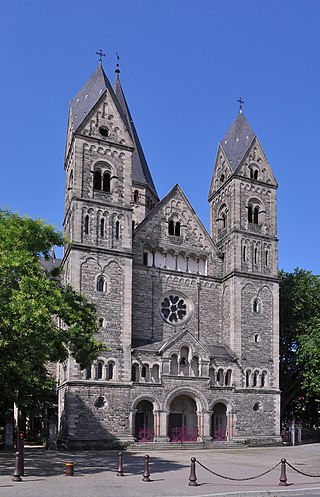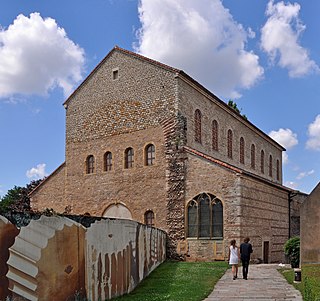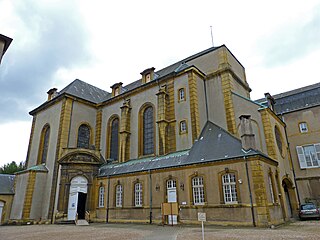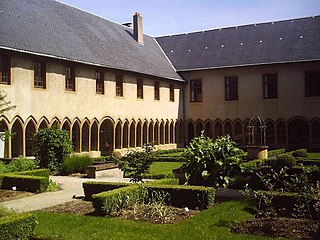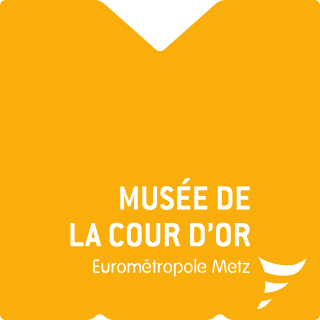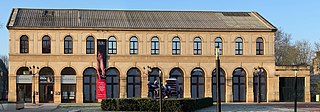28 Sights in Metz, France (with Map and Images)
Legend
Welcome to your journey through the most beautiful sights in Metz, France! Whether you want to discover the city's historical treasures or experience its modern highlights, you'll find everything your heart desires here. Be inspired by our selection and plan your unforgettable adventure in Metz. Dive into the diversity of this fascinating city and discover everything it has to offer.
Sightseeing Tours in Metz1. Cathédrale Saint-Étienne
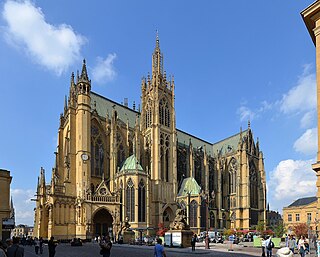
Metz Cathedral is the cathedral of the Catholic Diocese of Metz, the seat of the bishops of Metz. It is dedicated to Saint Stephen. The diocese dates back at least to the 4th century and the present cathedral building was begun in the early 14th century. In the mid-14th century, it was joined to the collegiate church of Notre-Dame, and given a new transept and late Gothic chevet, finished between 1486 and 1520. The cathedral treasury displays a rich collection assembled over the long centuries of the history of the Metz diocese and include sacred vestments and items used for the Eucharist.
2. Borne du Serment de Koufra
The Capture of Kufra was part of the Allied Western Desert Campaign during the Second World War. Kufra is a group of oases in the Kufra District of south-eastern Cyrenaica in the Libyan Desert. In 1940, it was part of the colony of Italian Libya Libia Italiana, which was part of Africa Settentrionale Italiana (ASI), which had been established in 1934. With some early assistance from the British Long Range Desert Group, Kufra was besieged from 31 January to 1 March 1941 by Free French forces which forced the surrender of the Italian and Libyan garrison.
3. Centre Pompidou-Metz
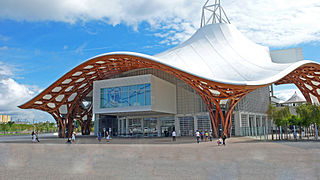
The Centre Pompidou-Metz is a museum of modern and contemporary art located in Metz, capital of Lorraine, France. It is a branch of Pompidou arts centre of Paris, and features semi-permanent and temporary exhibitions from the large collection of the French National Museum of Modern Art, the largest European collection of 20th and 21st century arts. The museum is the largest temporary exhibition space outside Paris in France with 5,000 m2 (54,000 sq ft) divided between 3 galleries, a theatre, and an auditorium.
4. Hôtel de Gournay-Burtaigne
The Hôtel de Burtaigne is a patrician residence in Metz, dating from the Renaissance, built in the last years of the Metz Republic by a family member of the paraiges, the Gournays. It has been classified as a Historic Monument since 2006.
5. Église Sainte-Ségolène
The Sainte-Ségolène church is a Catholic church located on Place Jeanne-d'Arc on the Sainte-Croix hill, in the Ancienne Ville district of Metz. The building has been partially classified and listed as a historical monument since 29 September 1981. It has been listed in its entirety since April 4, 2013.
6. Église Saint-Clément
The Church of Saint-Clément is the former Benedictine abbey church of the Abbey of Saint-Clément de Metz, in the Pontiffroy district. This hall church dedicated to St. Clement, the first bishop of the city in the third century, presents a rare synthesis of Baroque and Gothic styles.
7. Église Saint-Martin
The Church of Saint-Martin is one of the oldest Catholic churches and parishes in Metz. It is located in the Metz-Centre district, 25 rue des Huiliers. The patron saint is Bishop Martin of Tours. Its bell tower rings from 8 a.m. to 8 p.m.
8. Gare de Metz
Metz-Ville station is the main railway station serving the city of Metz, capital of Lorraine, France. Sometimes spoken of as the Station Palace as it displays the apartments of the German Kaiser Wilhelm II, Metz station has been registered as a Historic Monument since 15 January 1975. This designation gives legal protection to the station's facade, the roof, the departure hall, the honorary lounge, and the former station restaurant with its interior decorations.
9. Palais du Gouverneur
The Governor's Palace, formerly known as the Das General-Kommando, is a residence built in Metz between 1902 and 1905 to serve as a pied-à-terre for Emperor Wilhelm II. It is located in Square Giraud in the south-west of the Metz-Centre district, but remains historically linked to the imperial district further east. It has been listed in the supplementary inventory of historic monuments since 1975.
10. Porte Serpenoise
The Serpenoise Gate is a city gate located at the corner of Avenue Robert Schuman and Rue du Général Gaston-Dupuis in the Metz-Centre district. It remains the symbolic witness associated with several historical events in the city of Metz, of which it marked the southern limit from the third century when the Roman rampart was built, until the beginning of the twentieth century when the enclosure was destroyed.
11. Tour du Temple de Garnison
The Garrison Temple is a building of worship located in the Square du Luxembourg, rue Belle-Isle in Metz, Moselle. It is one of the tallest monuments in the city, its bell tower measuring almost a hundred meters.
12. Synagogue
The Consistorial Synagogue of Metz is a Jewish place of worship located on rue du rabbi Élie Bloch, in the city center district of Metz. The building has been listed as a historical monument since December 6, 1984.
13. Opéra-théâtre
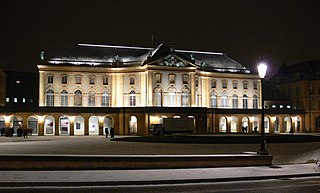
The Opéra-Théâtre de Metz Métropole, also known as the Metz Opera, is a 750-seat opera house and theatre located on the Petit-Saulcy island in Metz, capital of the Lorraine region, France. It is the oldest opera house working in France and one of the oldest in Europe. It is also one of the last possessing its own costume atelier in France.
14. Hospice Saint-Nicolas
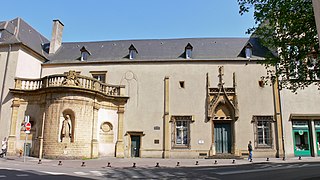
The Hospice Saint-Nicolas is the oldest hospital in Metz. Attested as early as the eleventh century, the current buildings date from the thirteenth century to the nineteenth century. At the beginning of the twentieth century, part of the building was used as a learning examination centre. It closed its doors in 1986. Part of its old buildings housed an agency of the Pôle emploi (ANPE) until 2009.
15. Hôtel de Malte
The Hôtel de Malte is a medieval residence, located on rue des Murs, on the Sainte-Croix hill, in Metz, owned by the Order of Saint John of Jerusalem from 1565 to the Revolution, just like the neighbouring Saint-Genest chapel.
16. Basilique Saint-Vincent
The Basilica of Saint-Vincent is a building built in Metz from 1248 by Abbot Warin for the Catholic faith. It was consecrated in 1376 by Bishop Thierry de Boppard. Classified as a historical monument in 1930, it was deconsecrated in 2012.
17. Chapelle Saint-Genest
The former chapel of Saint-Genest, disused, was a Catholic building of worship located on the slopes of the Sainte-Croix hill behind the Fournirue in Metz. It was dedicated to the actor Saint Genest, martyred in Rome.
18. Hôtel de Heu
The Hôtel de Heu is a private mansion in the city of Metz. Located at 19 rue de la Fontaine, it was built at the end of the fifteenth century by and for La Maison de Heu, a patrician family, part of the parish. It is classified as a historical monument.
19. Église des Grands Carmes (ruines de l'ancienne)
The Church of the Grands-Carmes is a former Catholic religious building located in the commune of Metz in the Moselle department (France). Of the church built at the end of the fourteenth century, only ruins remain today.
20. Église Notre-Dame
Notre-Dame de l'Assomption is a church situated on the Rue de la Chevre, formerly the Rue de la Cheuve, in the city of Metz in Lorraine, France. Administratively it is part of the Roman Catholic Diocese of Metz.
21. Chapelle Saint-Charles-Borromée
The Chapel of St. Charles Borromeo, better known as the Chapel of the Major Seminary, is a Catholic chapel included in the ensemble of the Saint-Augustin-Schoeffler Major Seminary in Metz. Built in 1907, during the German annexation, it is the only building in the city of Metz to have a dome and a dome.
22. Porte des Allemands
The Germans' Gate is a medieval bridge castle and city gate in Metz, France. It is "a relic of the medieval fortifications, with two 13th century round towers and two gun bastions of the 15th century." It is a monument historique of France.
23. Temple neuf
The New Temple, or New Protestant Temple, is a Reformed building of worship built in Metz between 1901 and 1905, during the Wilhelminian period. The parish is now a member of the Union of Protestant Churches of Alsace and Lorraine.
24. Église Saint-Pierre-aux-Nonnains
The Church of Saint-Pierre-aux-Nonnains is a fourth-century Gallo-Roman building located in Metz, Lorraine. The building is an old palaestra of a thermal complex, or a civil basilica, converted into an abbey church before the seventh century AD. In the seventh century, the building was the church of a Benedictine abbey, which settled on the site.
25. Église Sainte-Glossinde
The abbey church of Sainte-Glossinde is the church of a former Benedictine abbey founded around 604 by Glossinde of Champagne (580–610), in the city of Metz, then capital of the kingdom of Austrasia. It has been remodelled over the centuries and still exists, the abbey being the seat of the bishopric of Metz since 1802.
26. Cloître des Récollets
The Cloister of the Recollets is a former medieval convent in the Ancienne Ville district of Metz in Moselle. The current buildings house Jean-Marie Pelt's European Institute of Ecology and the municipal archives.
27. Musée de la Cour d'Or
The Musée de La Cour d'Or is a museum of art and history located in the centre of Metz, in Lorraine. Founded in 1839, it was named the Musée de la Cour d'Or in 1988, in reference to the palace of the kings of Austrasia whose museum occupies the presumed historical site. The museum is currently managed by the metropolis of Metz. The institution brings together within the same complex an archaeological museum with rich collections of Gallo-Roman and medieval art, a museum of medieval and Renaissance architecture, and a museum of fine arts.
28. Arsenal de Metz
The Ney arsenal, located at 3 avenue Ney in Metz in Moselle, was a military building under the Second Empire intended for the storage of arms and ammunition for the Metz garrison. Rehabilitated and refurbished by Ricardo Bofill, in 1989 the place became the Arsenal, a set of performance and exhibition halls, essentially devoted to classical music and contemporary dance, where many recitals and concerts are represented. Since February 2024, the building has been named Arsenal-Jean-Marie-Rausch, in tribute to the former mayor of Metz, who died at the beginning of the year.
Share
How likely are you to recommend us?
Disclaimer Please be aware of your surroundings and do not enter private property. We are not liable for any damages that occur during the tours.
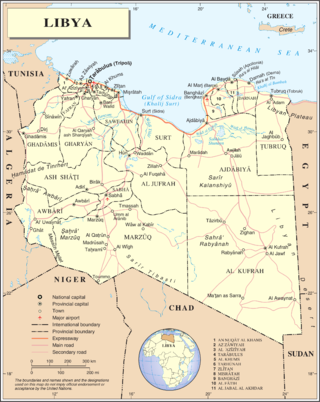
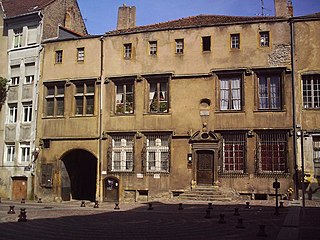
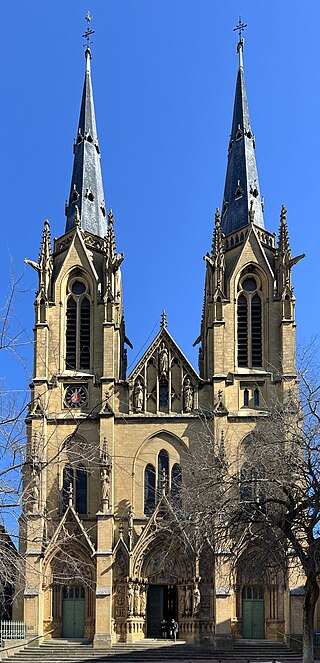
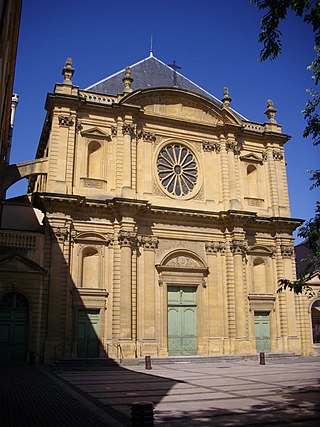
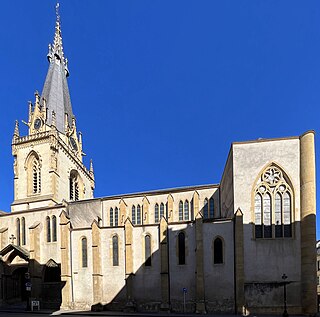
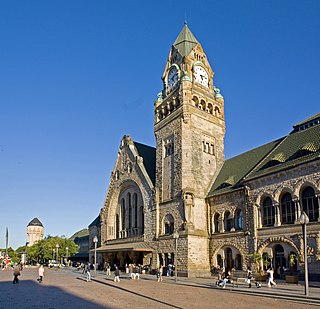
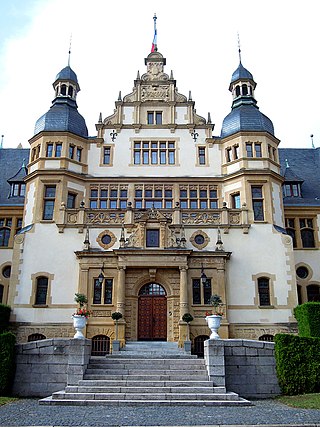
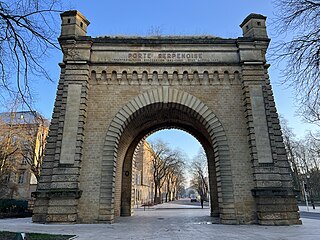
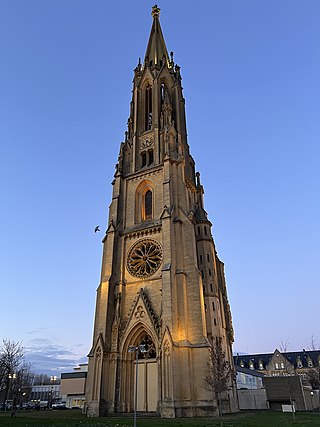
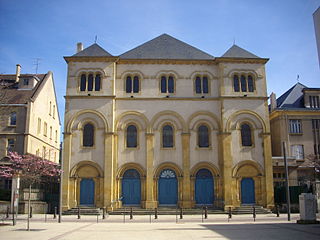
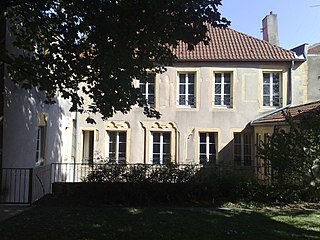
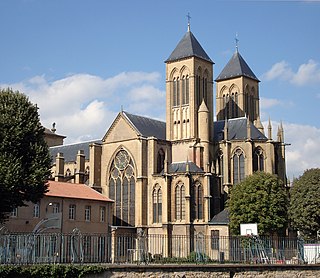
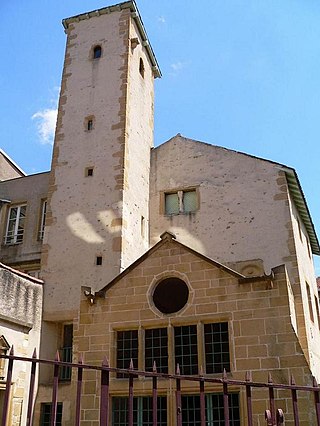
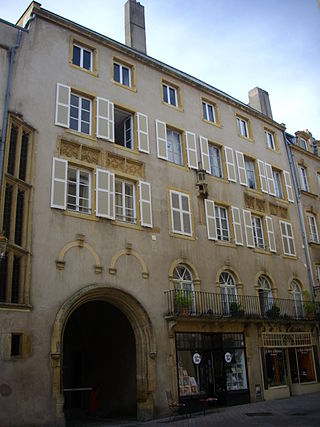
.jpg)
